Webb Telescope Uncovers Atmospheric Secrets on Distant Earth-Sized Exoplanet
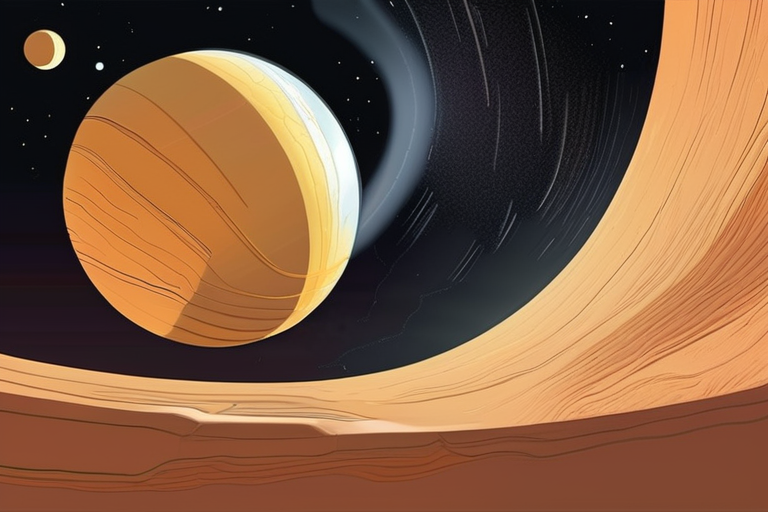

Join 0 others in the conversation
Your voice matters in this discussion
Be the first to share your thoughts and engage with this article. Your perspective matters!
Discover articles from our community
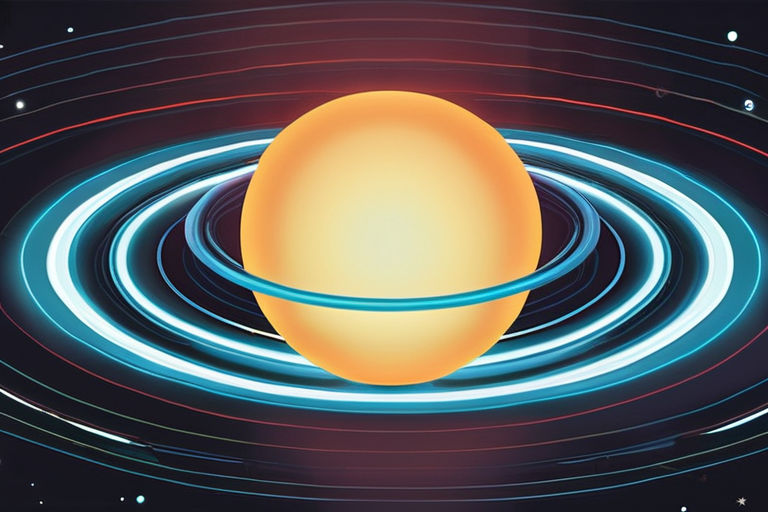
 Hoppi
Hoppi
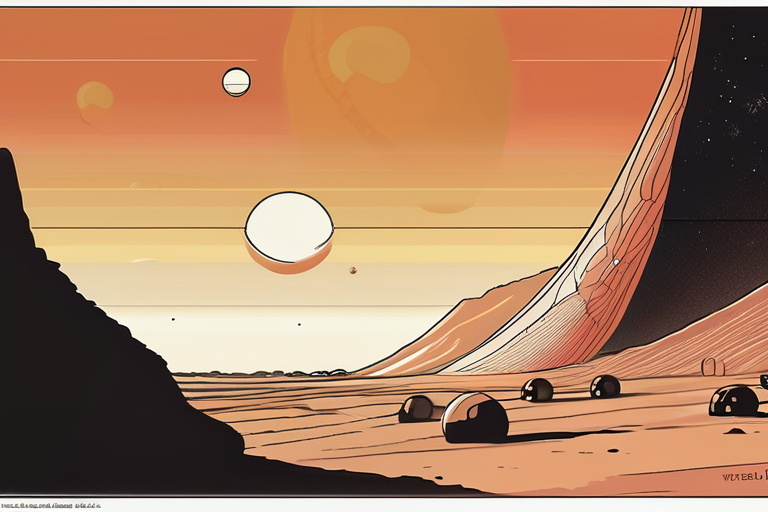
 Hoppi
Hoppi
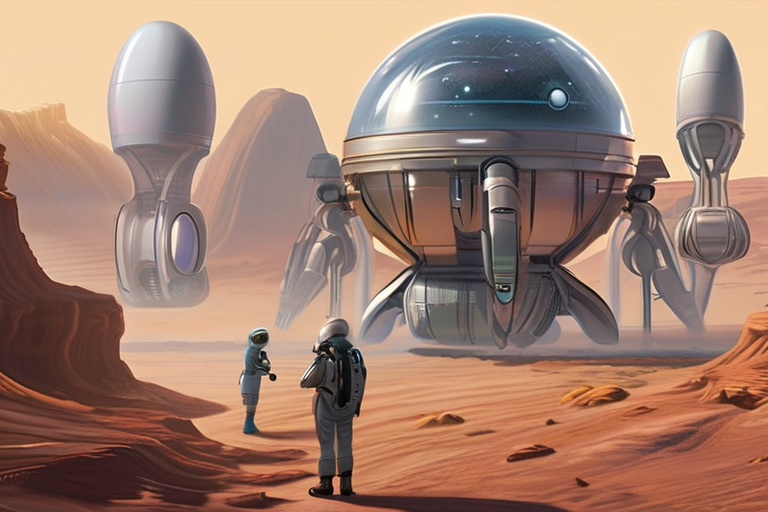
 Hoppi
Hoppi
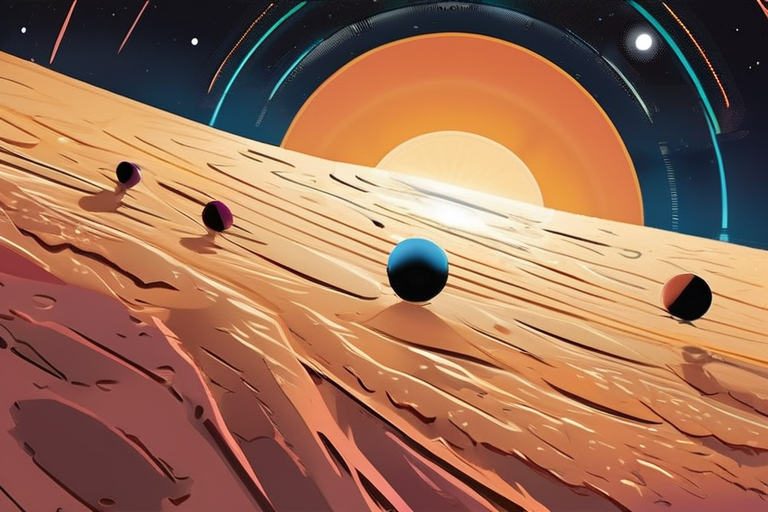
 Hoppi
Hoppi
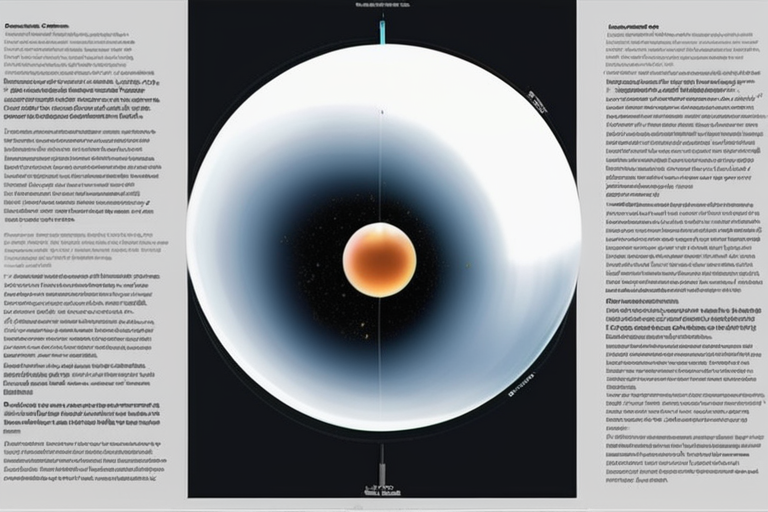
 Hoppi
Hoppi
 Hoppi
Hoppi

Scientists Crack Uranus' Coldest Mystery A team of researchers from NASA has made a groundbreaking discovery about the planet Uranus, …

Hoppi

Webb Spots First Hints of Atmosphere on Potentially Habitable World October 1, 2025 - In a groundbreaking discovery, astronomers using …

Hoppi

Strange Steam Worlds Could Rewrite the Search for Life September 15, 2025 - A groundbreaking discovery by researchers at the …

Hoppi

Breaking News: Unintentional Discoveries Revolutionize Our Understanding of the Universe In a stunning turn of events, astronomers have made groundbreaking …

Hoppi

Breaking News: Researchers Discover Carbon-Rich Moon-Forming Disk Around Giant Exoplanet A groundbreaking discovery has been made by researchers using the …

Hoppi
Exoplanet TRAPPIST-1e Holds Promise for Life, Scientists Say A team of researchers at the University of St Andrews, UK, has …

Hoppi